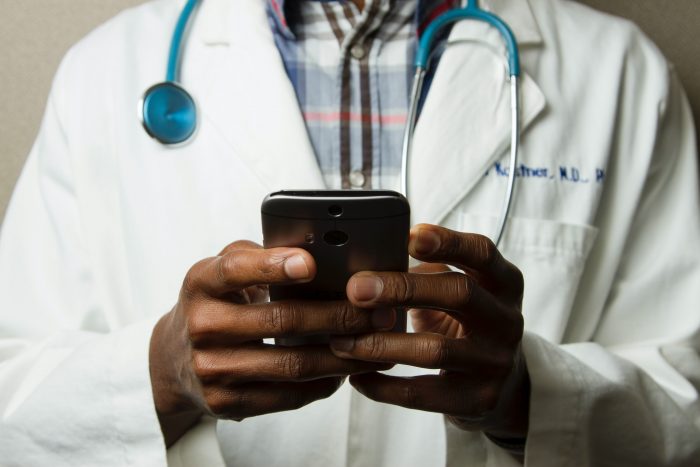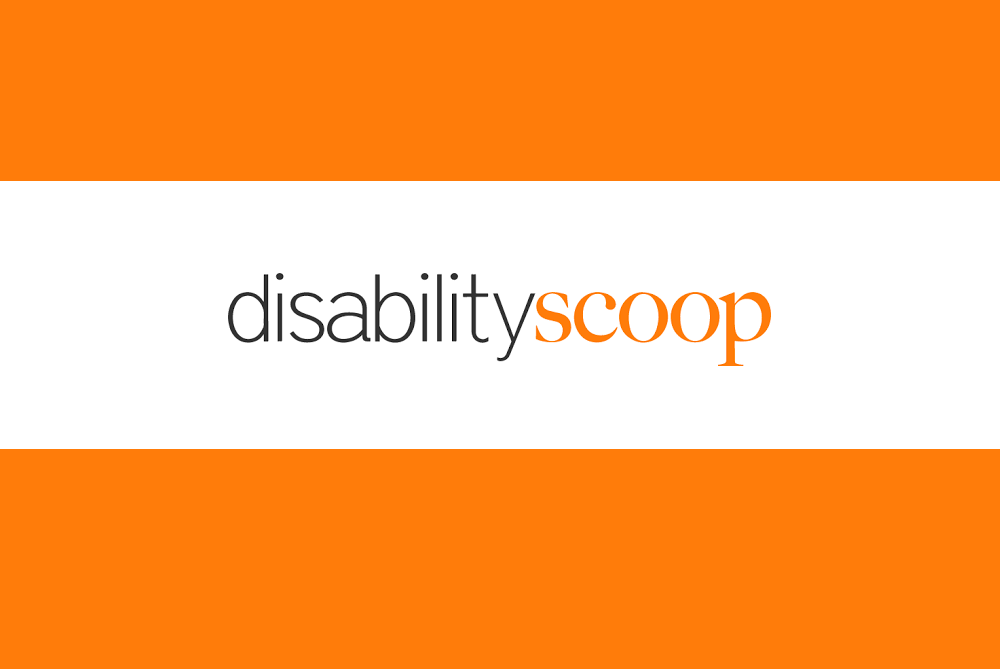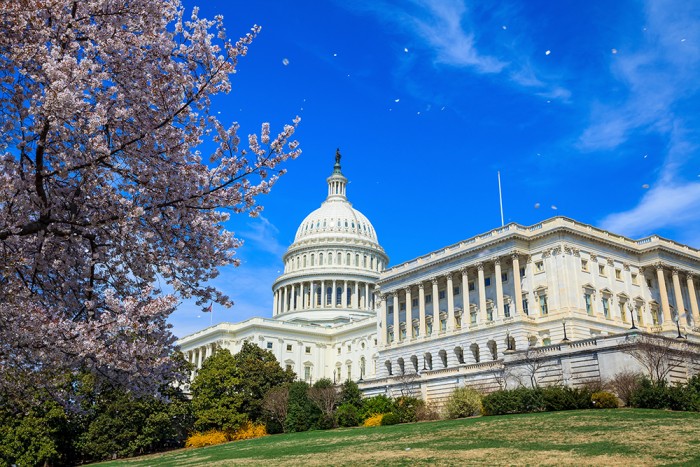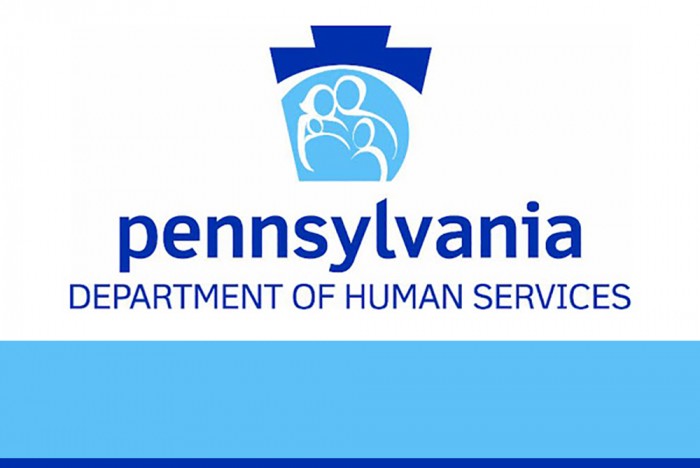ANCOR Capitol Correspondence: BBB Act Negotiations to Continue Into 2022
The fate of the Build Back Better Act, which contains historic funding for Medicaid Home and Community Based Services (HCBS), became increasingly precarious after a series of events unfolded last week. Despite Senate Majority Leader Chuck Schumer’s aspirational plan to move the bill to the floor by Christmas, President Biden conceded that negotiations over the bill would continue into 2022 following stalled talks between the White House and Senator Joe Manchin (D-WV).
Please read the full correspondence here.
Sixth Circuit Lifts Stay on OSHA Emergency Temporary Standard
Message from Gibbel Kraybill & Hess LLP:
On Friday evening, the Sixth Circuit lifted the stay on OSHA’s Emergency Temporary Standard (ETS). The ETS states that any employer with more than 100 employees must require its employees to either show proof of a COVID vaccination or submit to weekly testing and mask at all times when indoors. In the absence of a Supreme Court ruling to the contrary, the ETS will go into effect, and employers will be required to adhere to its standards. Read the article here.
GKH attorneys are closely monitoring the COVID-19 crisis and will continue to post updates and resources for individuals and businesses.
DHS Discusses Spending Plan for HCBS Enhanced Federal Funding
Message from the Department of Human Services (DHS):
FOR IMMEDIATE RELEASE
December 20, 2021
Department of Human Services Discusses Spending Plan for Home and Community-Based Services Enhanced Federal Funding to Support Mental Health Services, Children
Harrisburg, PA — Pennsylvania Department of Human Services (DHS) today highlighted Pennsylvania’s spending plan for approximately $1.2 billion in enhanced federal Medicaid funding made available to states through the American Rescue Plan Act (ARPA). This funding will support Medicaid’s home and community-based services (HCBS) system throughout the commonwealth, which helps seniors, people with disabilities, children with complex medical needs, and many other groups safely live in their community among their family and peers. This funding will strengthen Pennsylvania’s home and community-based services system by allowing more Pennsylvanians access to critical services in their communities and supporting service providers that perform this work every day.
“We owe a huge debt of gratitude to the professionals who care for our most vulnerable, including children, seniors, people with disabilities, and those needing mental health services,” said Acting Secretary Meg Snead. “This enhanced funding through the American Rescue Plan Act will allow employers to recruit and retain skilled workers and allows them to plan for the future to provide training, certification, technology access, and much more.”
DHS received conditional approval of its spending plan on December 1 from the Centers for Medicare & Medicaid Services. On today’s call, DHS outlined how funding will be used through the Office of Mental Health and Substance Abuse Services (OMHSAS), the Office of Child Development and Early Learning (OCDEL), and the Office of Medical Assistance Programs (OMAP).
- OMHSAS will prioritize funding for workforce recruitment and retention to qualifying providers, specifically mobile crisis mental health services, intensive behavioral health services (IBHS), psychiatric rehabilitation, and family-based mental health services. While many mental health services are not considered HCBS under ARPA, within the parameters of this funding opportunity, OMHSAS also will invest in training clinicians in trauma-informed treatment modalities, technology and training for telehealth, and updating the state hospital system’s technology infrastructure and providing staff training for use of electronic health records to facilitate more efficient transitions to community-based placements and services.
- OCDEL supported a 3 percent rate increase for Infant/Toddler Early Intervention services, which allows all providers of Early Intervention services, including Service Coordination, to receive a 3 percent rate increase for services. This rate increase went into effect on July 1, 2021.
- OMAP will use the recommendations of its pediatric shift care nursing work group to inform ARPA spending with a focus on achieving the following goals: improve care and service coordination for children with complex medical needs; support training of private duty nurses; leverage health information technology to allow for the sharing of clinical information; use a value-based payment structure for managed care organizations to improve outcomes of children receiving pediatric shift care nursing services; and facilitate co-training opportunities for both shift nurses and families to help improve coordination, continuity, and support among caregivers.
“When we invest in the caring workforce, Pennsylvania benefits both socially and economically,” said Acting Secretary Snead. “Having care provided in your own home or within your community allows family caregivers to be part of the workforce themselves and it allows those needing home and community-based services to stay safe, healthy, and to thrive.”
More information about Pennsylvania’s home and community-based services spending plan is available on DHS’s website.
RCPA continues to meet with DHS advocating for members on the spending plan and distribution strategies to ensure the workforce issues are front and center of the plan. If you have any questions, please contact your RCPA Policy Director.
RCPA Workforce Survey Executive Summary
HHS Announces Investment in National 988 Dialing
American Rescue Plan Funding Will Support State Efforts to Transform Suicide and Mental Health Crisis Care
| Today the Department of Health and Human Services, through its Substance Abuse and Mental Health Services Administration (SAMHSA), will make critical investments in suicide prevention and crisis care services, announcing $282 million to help transition the National Suicide Prevention Lifeline from its current 10-digit number to a three-digit dialing code – 988.
In 2020, Congress designated the new 988 dialing code to be operated through the existing National Suicide Prevention Lifeline. Converting to this easy-to-remember, three-digit number will strengthen and expand the existing Lifeline network, providing the public with easier access to life-saving services. The Lifeline currently helps thousands of people overcome crisis situations every day. The 988 dialing code will be available nationally for call, text, or chat beginning in July 2022. Standing up the 988 dialing code is a key part of the Biden-Harris Administration’s focus on ensuring that those in crisis have someone to call, someone to respond, and somewhere to go. The 988 code is a first step toward transforming crisis care in this country, creating a universal entry point to needed crisis services in line with access to other emergency medical services. With funds from the Biden-Harris Administration’s Fiscal Year (FY) 2022 budget and additional funds from the American Rescue Plan, SAMHSA’s $282 million investment will support 988 efforts across the country to shore up, scale up, and staff up, including:
“As we continue to confront the impact of the pandemic, investing in this critical tool is key to protecting the health and wellbeing of countless Americans – and saving lives. Giving the states a tool to prevent suicide and support people in crisis is essential to our HHS mission of protecting the health and wellbeing of everyone in our nation,” said HHS Secretary Xavier Becerra. “We know that remembering a three-digit number beats a ten-digit number any day, particularly in times of crisis, and I encourage every state to rev up planning to implement 988 for the sake of saving lives.” To support the initial transition to 988, SAMHSA’s investment represents a budget increase of more than 10 times the FY 2021 budget amount of $24 million. A large portion of FY 2022 funding will be distributed to crisis centers across the country. “This investment in states’ crisis call center operations will help strengthen our partnership as SAMHSA works with states to meet the suicide prevention and behavioral health needs of people across our nation,” said Miriam Delphin-Rittmon, Ph.D., the HHS Assistant Secretary for Mental Health and Substance Use and the leader of SAMHSA. “Transformation of this scale is never easy – but too many Americans are experiencing suicide and mental health crises without the support and care they need. The federal government cannot do this alone.” Suicide is the second-leading cause of death among young people and was the tenth-leading cause of death in the nation in 2019, according to U.S. Centers for Disease Control and Prevention data. In 2019, one death by suicide happened almost every 11 minutes in the US. More recently, SAMHSA’s 2020 National Survey on Drug Use and Health (NSDUH) data show 4.9 percent of adults aged 18 or older had serious thoughts of suicide, 1.3 percent made a suicide plan, and 0.5 percent attempted suicide in the past year. Among adolescents 12 to 17, 12 percent had serious thoughts of suicide, 5.3 percent made a suicide plan, and 2.5 percent attempted suicide in the past year. The findings vary by race and ethnicity, with people of mixed ethnicity reporting higher rates of serious thoughts of suicide. |
21st Century Jobs – What COVID-19 Has Done to the Workforce: Webinar Materials
Jeannine Pavlak of New England Business Associates presented a webinar on 12-16-21 to RCPA members. The recording is available on the RCPA website, as is the PowerPoint presentation.
Courts Lift Nationwide Suspension of Vaccine Mandate
Enterprise Case Management System Website Announcement
Project Goal: To improve service delivery and processes for DHS’ clients, DHS staff, and business partners
The Pennsylvania Department of Human Services (PA DHS) is launching a website to share information about the ECM system up to and beyond implementation. The website is intended to communicate key information of the services provided to participants and families through multiple DHS program offices, regardless of the human services program or county providing the service.
The ECM website can be accessed here.
ECM will replace several legacy systems across program offices through the implementation of one common solution. By means of this website, users can get acclimated with all ECM subsystems and their functions. The primary pages and a brief synopsis are as follows:
- About ECM: An overview of ECM, its timelines, goals and objectives, benefits, scope, and project governance structure.
- Stakeholder: An overview of the participants who benefit from ECM. This will include links to the subpages for the different stakeholder groups, including the Program Areas, County Organizations, Hearings and Appeals, Providers, Service/Support Coordinators, Administrative Entities and Those we Serve.
- Development: Description of the scope of the project, the technology used, methods used to implement and operate the future ECM, and the phases of the project. The development and maintenance of the ECM system will follow a hybrid-agile system methodology which will be described in more detail within this area of the website. System development involves the process of producing and sustaining an information technology system. It covers technology, people, and processes.
- Change and Training: Information about the system including training materials, user guides, and schedules. It is key that the stakeholders and those we serve are supported throughout the entire project process.
- News: Communications such as press releases, news coverage, and announcements.
- ECM FAQs: Frequently Asked Questions that cover various topics like general information, the timeline for the project, implementation process, and trainings.
We hope that you will refer to the website often as more information is posted while PA DHS and its partners prepare for the initial launch.
Lack of Telehealth Law in Pennsylvania a Major Headache for Patients Who Need It Most


















